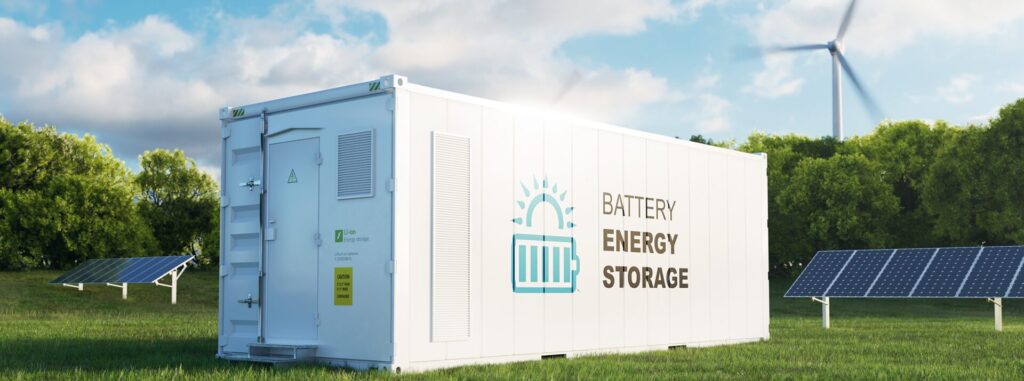
- Electronic Components
What is thermal conduction?
Heat can be transferred in three ways: conduction, convection, and by radiation. Simply stated, heat transfer by direct contact of objects is conduction, through a fluid is convection, and through electromagnetic waves is radiation.

Contents
Heat transfer via thermal conduction
Let’s go into a more detailed explanation of thermal conduction. Thermal conductivity (W/m-K: Watts per meter-Kelvin) determines the ability of a solid to conduct heat. For example, when a pan is heated over a flame, it will eventually become so hot that one will not be able to hold the handle. However, the way heat is transferred from a pan differs depending on the material (e.g. iron, stainless steel, aluminum, etc.) even when the same amount of heat is applied. Thus, thermal conductivity is an indicator of how quickly the heat transfers.
The level of thermal conductivity depends on the material. In addition, the way in which the material is used will inform the heat dissipation mechanism, since the length and cross-sectional area of a heated material can significantly change the way heat is transferred.
The thermal conductivity of various materials
Metals generally have high thermal conductivity. In contrast, the thermal conductivity of ceramics, such as porcelain and glass, varies greatly depending on the specific material. Taking materials mainly used in the industrial field as an example, there are those that conduct heat very easily, such as diamond and aluminum nitride, while the thermal conductivity of quartz glass is less than 1/1000 of that of diamond. Water and air also have low thermal conductivity.

Looking at a graph of metals with thermal conductivity on the horizontal axis and electrical conductivity on the vertical axis, a metal’s thermal and electrical conductivity are proportionate to each other. A larger proportion of thermal energy is transferred by the movement of freely moving electrons by lattice vibration in heat conduction of metals. Therefore, metals in which free electrons move easily, i.e., metals with high electrical conductivity, tend to have high thermal conductivity.


High-performance thermal conductive sheets for the 5G era
Dexerials has developed various types of thermal conductive sheets by leveraging the differences in thermal conductivity due to the physical properties described above. Among them, carbon fiber thermal conductive sheets have very high vertical thermal conductivity, and thus can achieve efficient heat dissipation when placed between a heat source such as a circuit board and a heat sink or other heat dissipating device. Customers developing mobile devices, wireless base stations, servers, and in-vehicle applications are beginning to upgrade their products to support 5G communications at an accelerating pace. Dexerials can provide heat dissipation measures for LSIs or other devices that generate a lot of heat.

- SHARE
 Back to top
Back to top  Contact us
Contact us 


